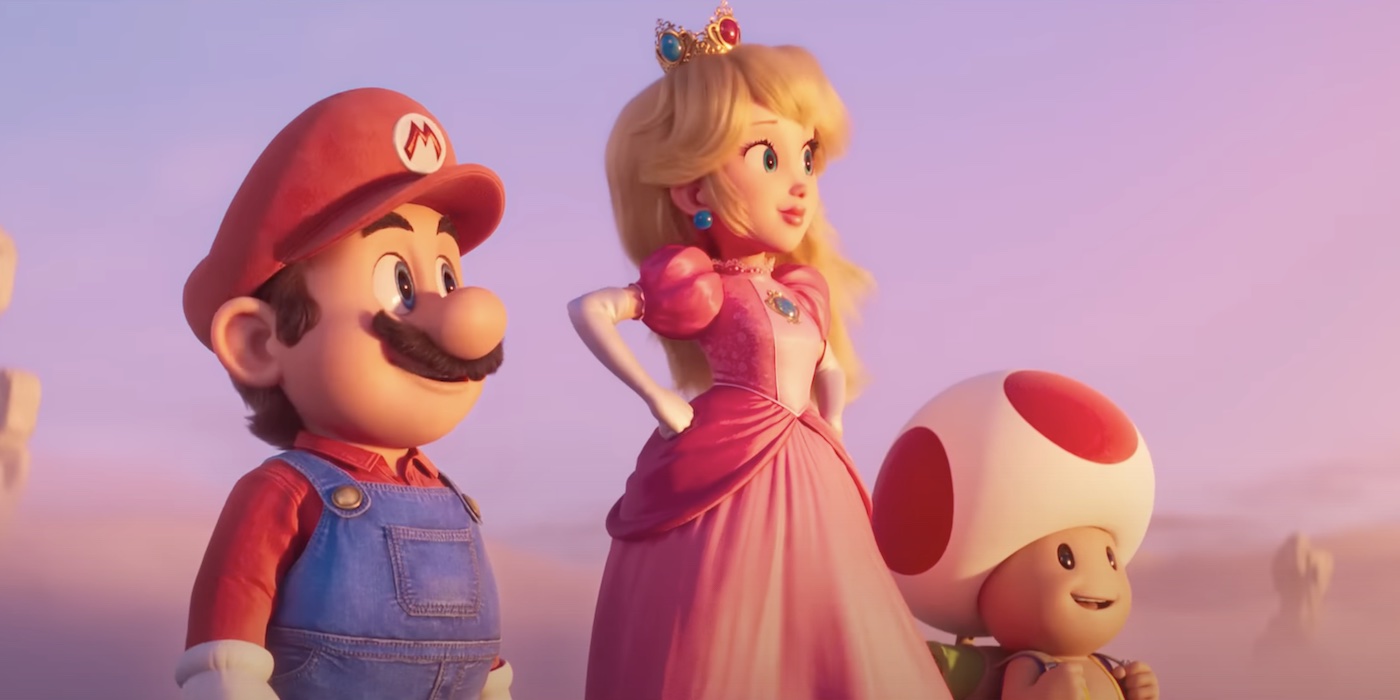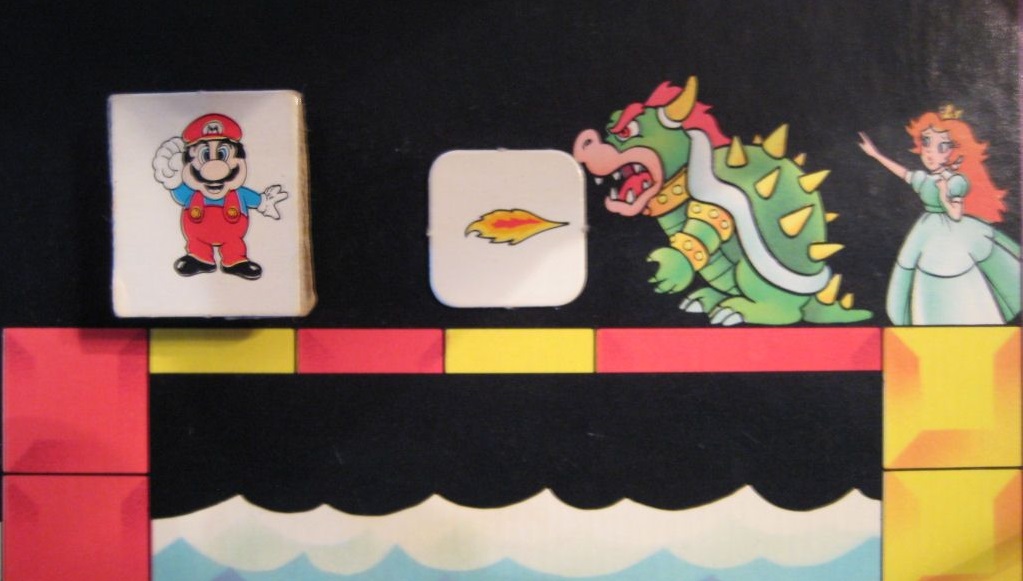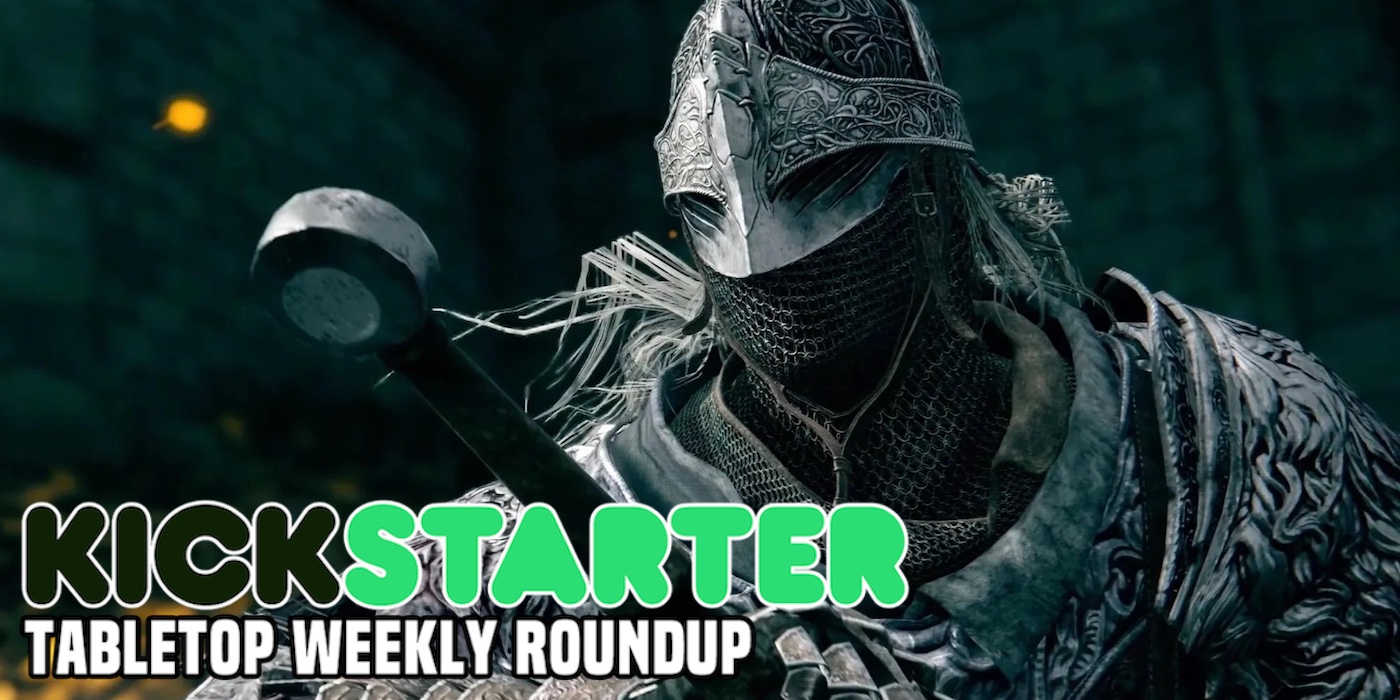‘Super Mario Board Game’ Always Comes Down to the Final Roll
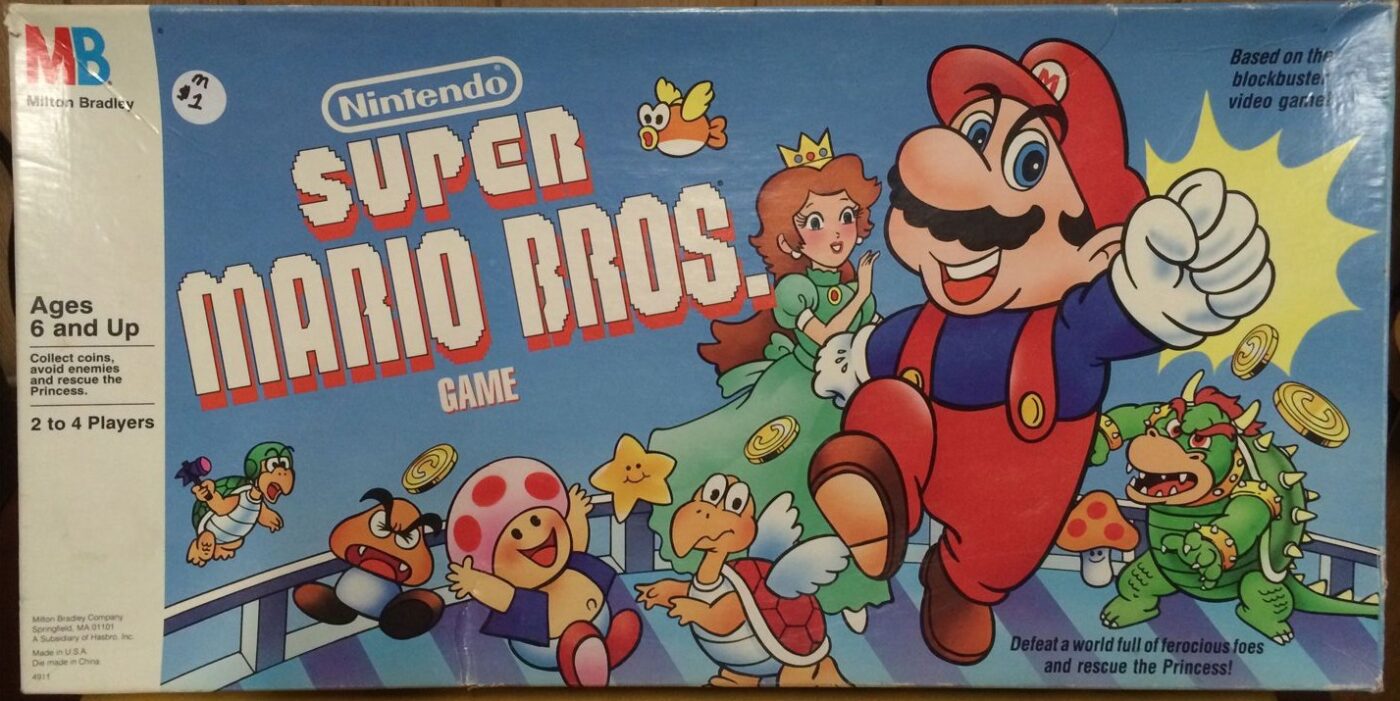

Might as well take the warp pipe to 8-4 and skip most of the game. Today we take a look at 1988’s Super Mario Bros board game.
As far as plumbers go, Mario Mario is by far the most famous one. Although, there has been some confusion about his actual profession. Which makes sense. He’s a busy guy.
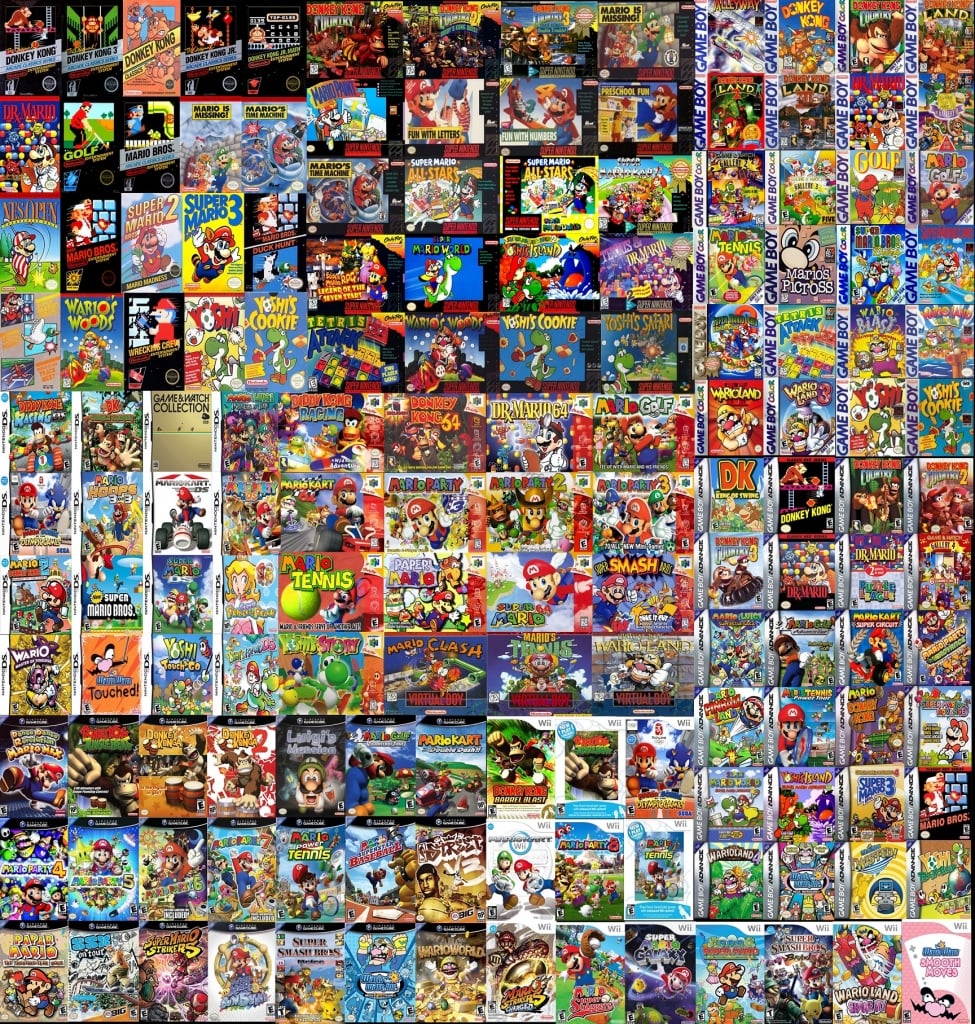
It’s no surprise. He’s everywhere with a huge collection of games, toys, and an upcoming movie that everyone will love.
It’s safe to say the Mario franchise has been churning out hit after hit for as long as he’s been around. However, like so many before him, Mario delved into the world of board gaming. So today, let’s take a look at the (one of several) Super Mario Bros board game.
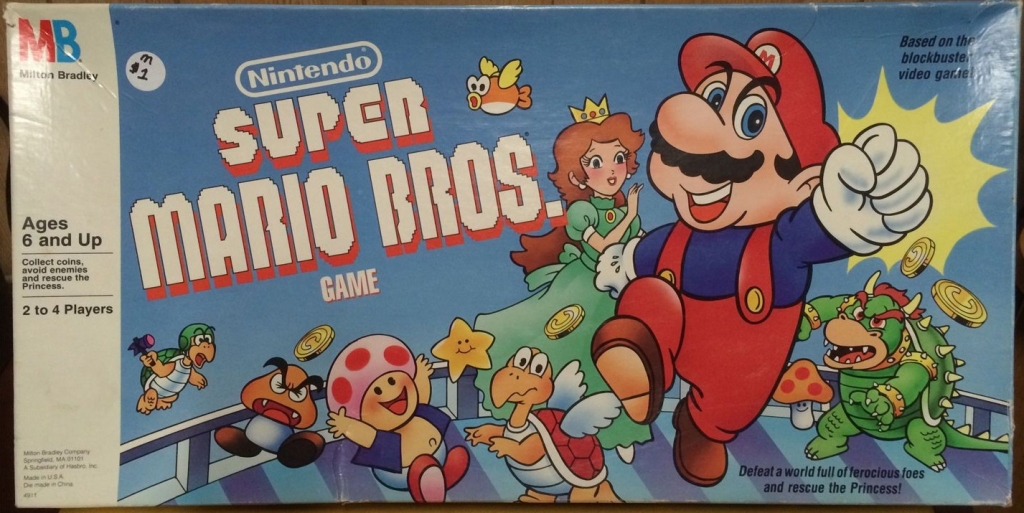
Released in 1988, the same year as Super Mario Bros 2 and Super Mario Bros 3 both for the NES, the board game follows much more closely to the original Super Mario Bros game in terms of art.
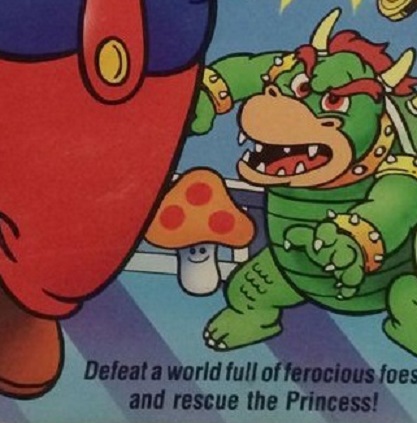
Okay, so the art isn’t perfect. But that’s understandable. The Nintendo Entertainment System was the peak of technological graphical power. It would be impossible for any paltry human artist to capture the digital perfection of the game’s digital styles. None who have tried have survived the attempt.
But, how’s it play?
Super Mario Board Game Gameplay
Like every marketable franchise game, the Super Mario Bros board game follows a simple roll-to-move style.
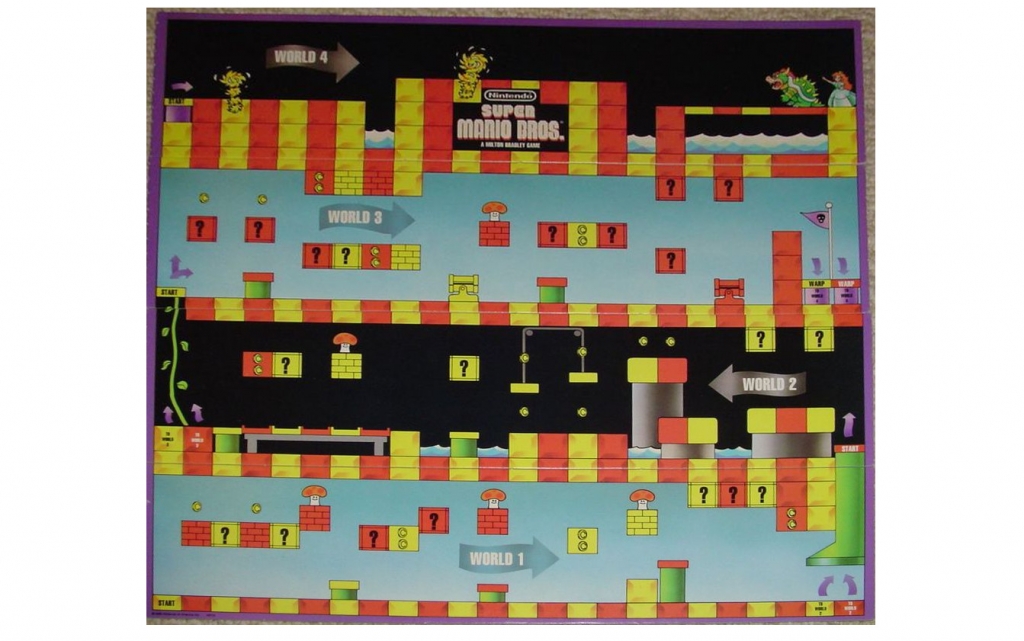
Each player takes a turn moving Mario along through each of the 4 worlds in an attempt to reach Princess Toadstool. Along the way, they will collect coins and mushrooms, which will supposedly help them.
On each player’s turn, they roll the die. Rather than numbers, the die faces show either Red, Yellow, Red/Yellow, or STOP. Depending on the result of the die, the player will either move Mario to the next Red space, the next Yellow space, choose Red or Yellow or end their turn. Players continue rolling and moving Mario until they lose a life (we’ll get to that) or roll a STOP.
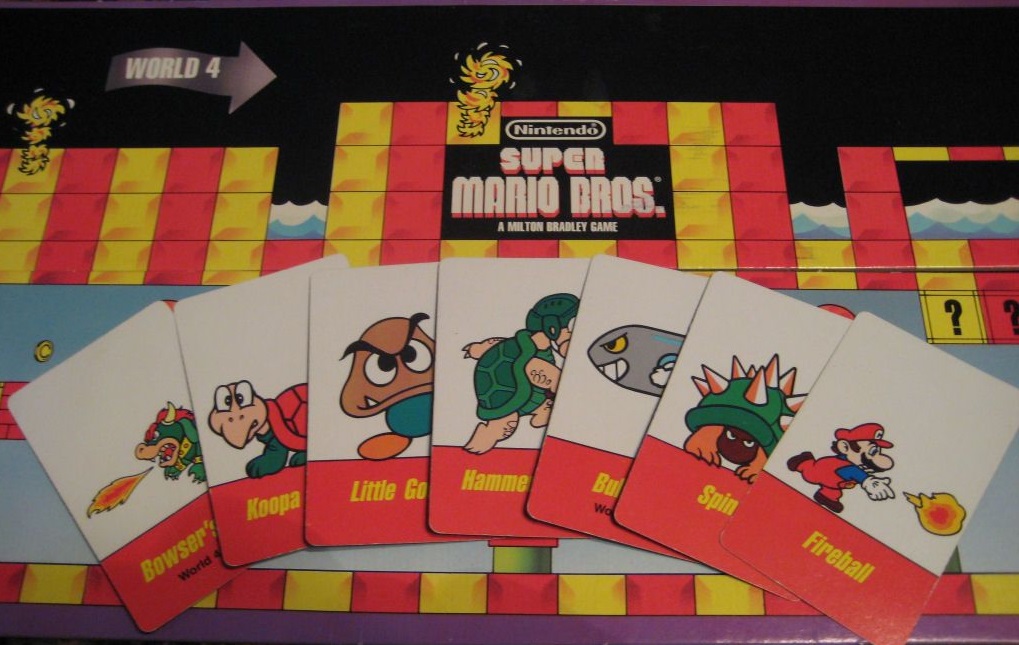
Each time you land on a ? Block space, you get to draw a Hazard card. During any player’s turn, you can play a Hazard card to try to impede their movement and end their turn. You place the Hazard Token on any space ahead of Mario, and if Mario lands on that space, the current turn is over. Unless that player has a Fireball card or an extra life.
As you play through the game, you’ll collect coins. If you have 4 coins, you can cash them in to continue your turn if you lose a life or roll a STOP. Collecting a Mushroom grants you 4 coins, which translates directly into an extra life.
Ultimately, this is all for naught since once Mario reaches the end, the winning player is the one who rolls the Yellow to land on Toadstool. Because, here’s the thing: There’s only one Mario.
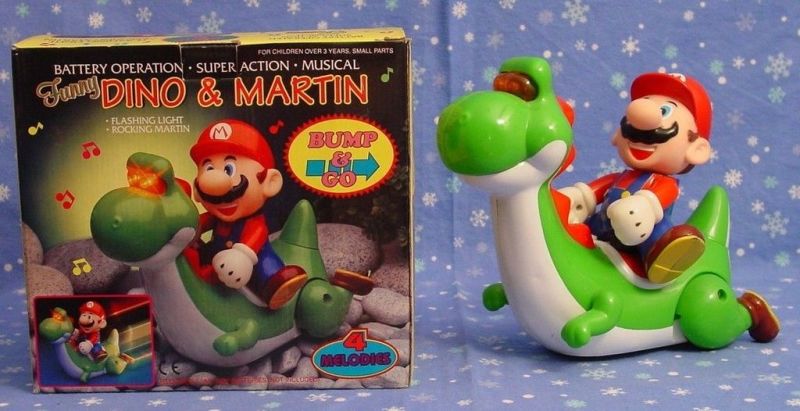
What I meant here is, there is only one Mario game piece. Everyone is moving the same piece. So, while it is a competitive game, everyone’s turn helps everyone equally. The Lord of the Rings board game did something similar in a less than stellar way.
The winner is whoever lands on Princess Toadstool. This makes literally the entire game pointless. The entire game’s function is only to decide who gets to roll first when attempting to roll the Yellow required for victory.
Final Thoughts
All in all, the Super Mario board game is less of a competitive strategy board game and much more like a game of Nim. The first 98% of the game doesn’t matter. The only thing that matters is who can roll last better than the other players.
Still, credit where credit is due, the game is listed as being for players ages 6 and up. So, I do like they add the semblance of strategy with the Hazard cards and using the coins for extra lives. For a learning kiddo, this could be a decent way to start learning the cause and effect of that sort of game mechanic. Still, I’m certain there are better games with which to do that.
But those games don’t have Mario Mario, so who cares?

